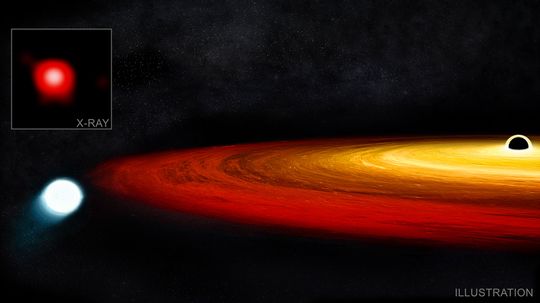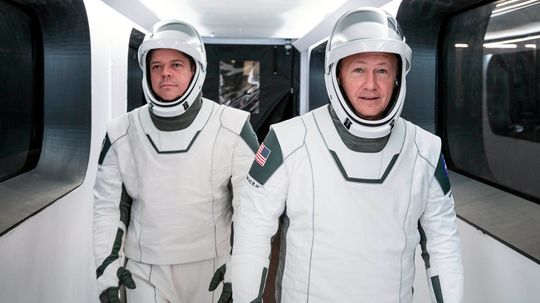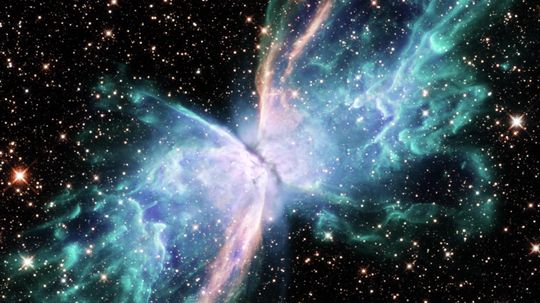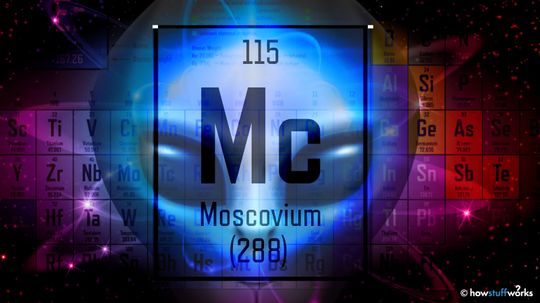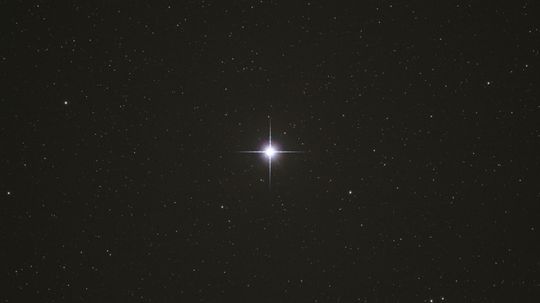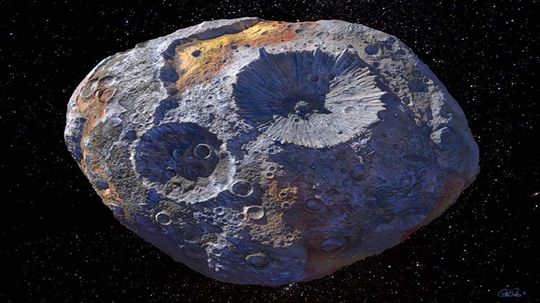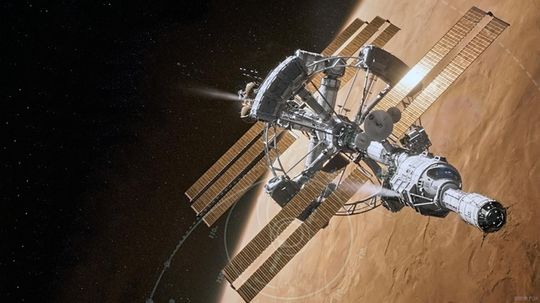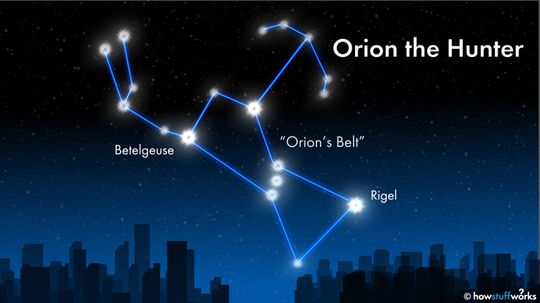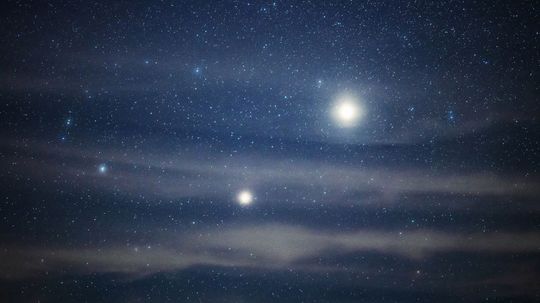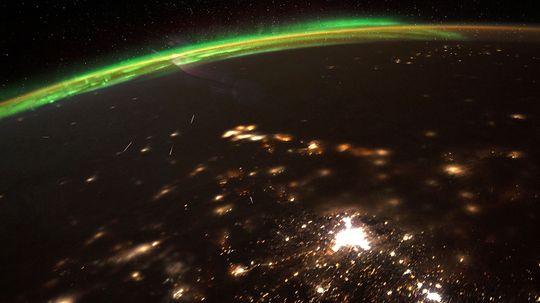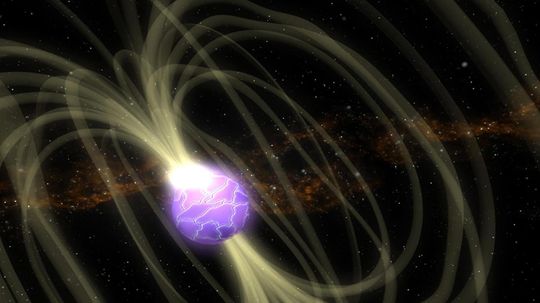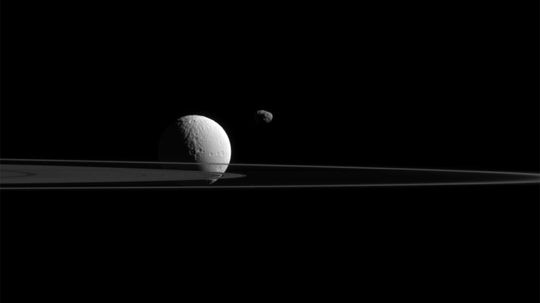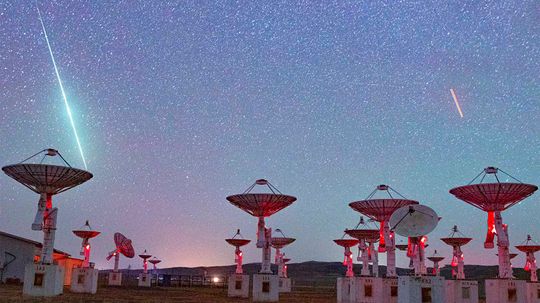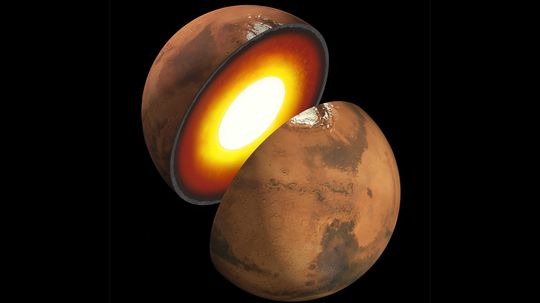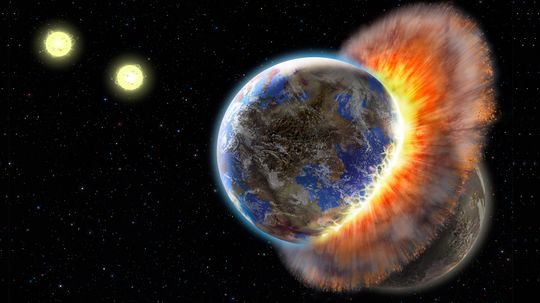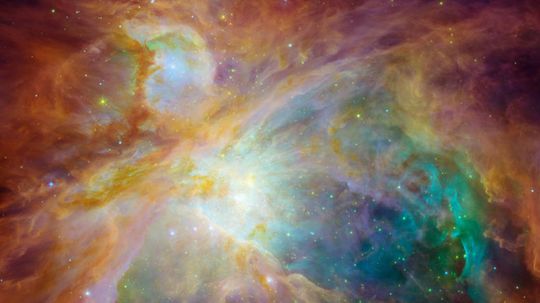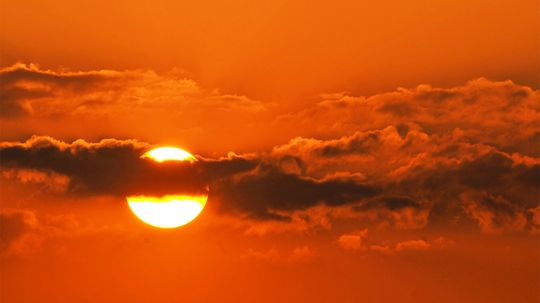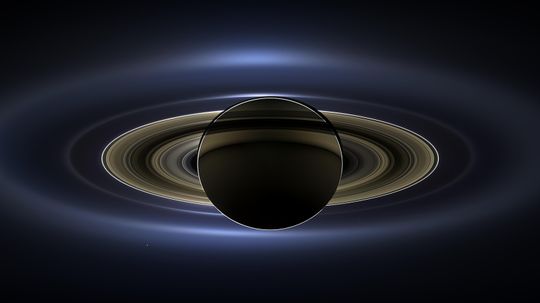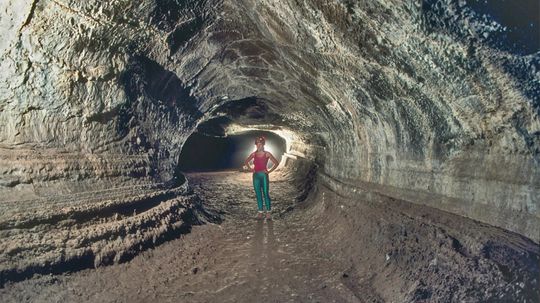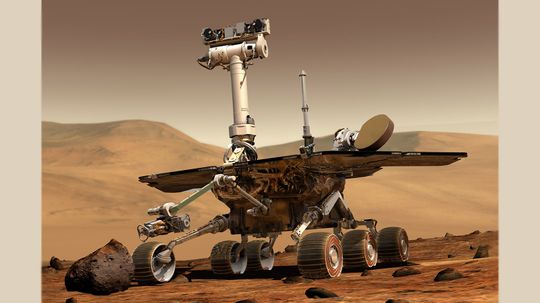Space
Explore the vast reaches of space and mankind's continuing efforts to conquer the stars, including theories such as the Big Bang, the International Space Station, plus what the future holds for space travel and exploration.
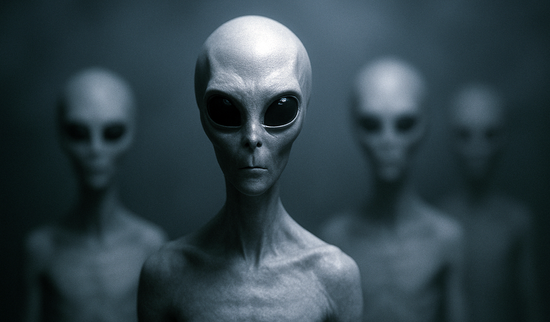
Tall Whites: The Classic Extraterrestrial Archetype
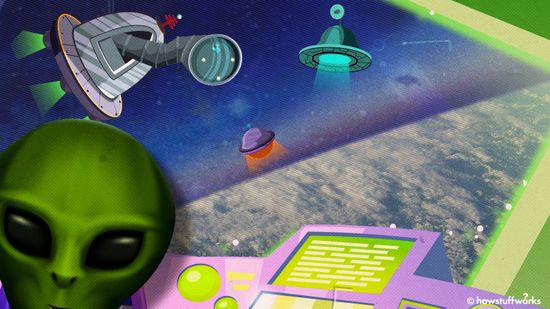
The Zoo Hypothesis: Are Aliens Watching Us Like Animals in a Zoo?
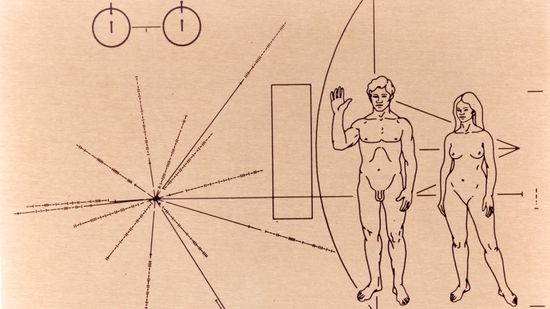
Communicating With Aliens Is Hard. Communicating With Alien AI Could Be Harder
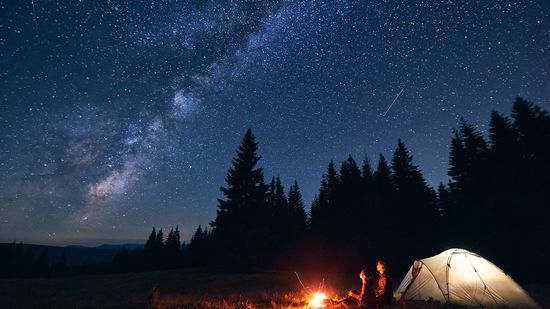
10 Types of Stars Blazing and Collapsing in Our Universe
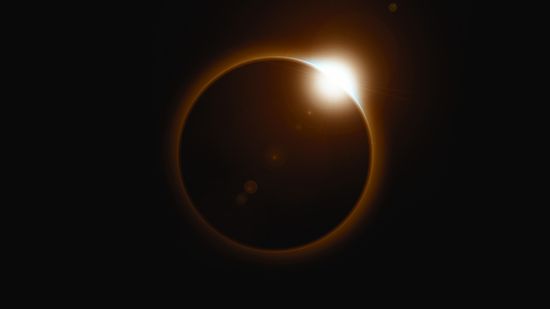
7 Types of Eclipses: Lunar, Solar and ... Hybrid?

Why a Geomagnetic Storm Makes for Pretty Skies and Tech Scares
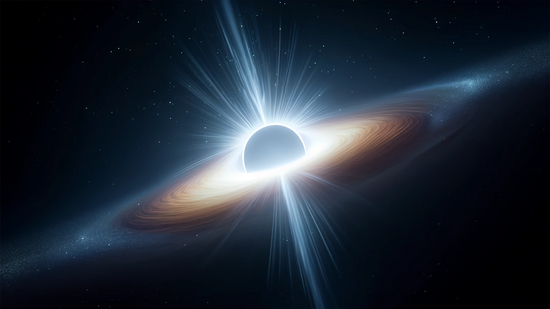
What Is a White Hole? Does the Cosmic Phenomenon Exist?
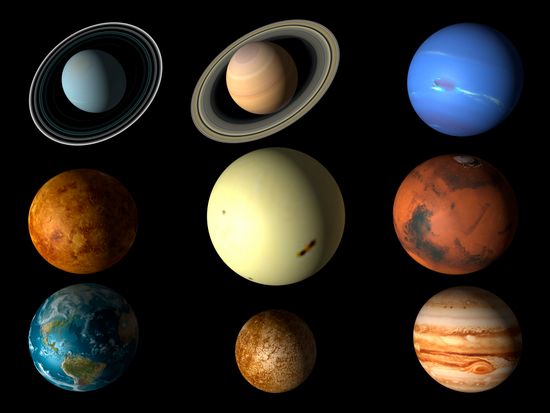
10 Best Ideas for Interplanetary Communication
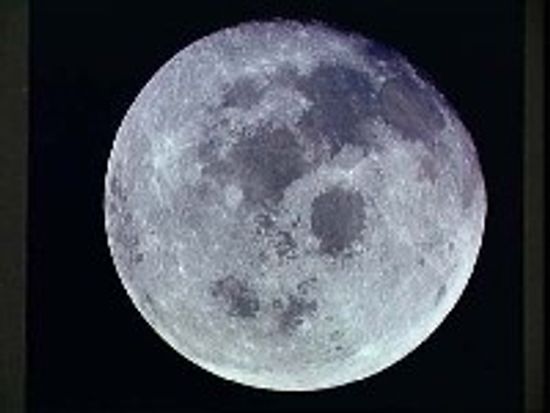
How can the moon generate electricity?
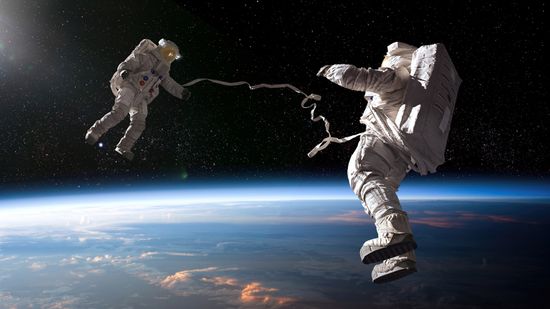
Is an Astronaut Stuck in Space a Rare Occurrence?

What Really Happened to Yuri Gagarin, the First Man in Space?

Apollo 11 One Giant Leap For Mankind
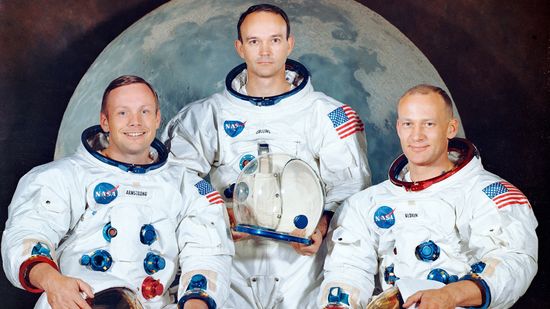
15 Famous Astronauts Who Expanded Our Universe
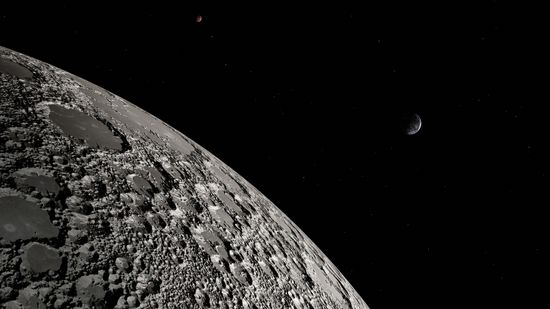
2023 India Moon Landing Was World's First at Lunar South Pole
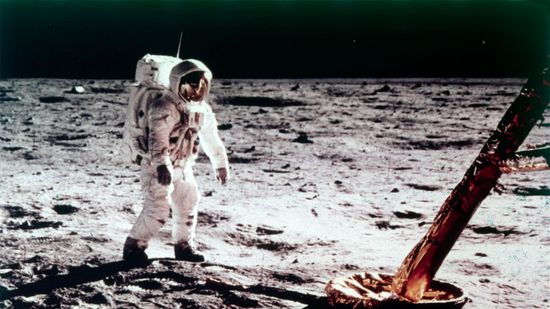
Quiz: Apollo 11, the First Moon Landing

The Fastest Fictional Spaceships

10 Fictional Spacecraft We Wish Were Real

How Lunar Rovers Work
Learn More / Page 12
NASA's historic Beach House on Cape Canaveral is the last place many astronauts visit before they blast off into space. Today it's full of mission memories and NASA artifacts.
By Mark Mancini
The moon has seen a lot in its 4.5 million years of life, and this detailed geologic map serves as testament.
A new kind of survival story: Scientists discovered a star that came near a black hole and lived to tell the tale - at least temporarily.
Advertisement
For the first time since 2011, NASA will launch astronauts into space from U.S. soil. It will also be the first time ever a private company will get them there.
By Mark Mancini
Astronomers used Hubble's full range of imaging to dissect wild 'fireworks' happening in two nearby young planetary nebulas.
For decades Bob Lazar talked about a mysterious element 115 that could power alien spacecraft. People thought he was nuts, but scientists discovered element 115 in 2003. What can that element do?
Star-gazers gasped when they saw how much Betelgeuse dimmed in 2019 and the reason wasn't clear. Even though it's back up to full strength, how long will it be before it explodes? We haven't seen a supernova in over 400 years.
Advertisement
Even if you've never looked through a telescope, you've probably seen Vega, one of the brightest stars in our galaxy. In fact, thousands of years ago, Vega was our North Pole star, and will be again in the future.
A distant asteroid made mostly of iron is potentially worth $10,000 quadrillion, making it many times more valuable than the global economy.
NASA and other agencies have been studying artificial gravity in hopes they will someday use it to help astronauts combat the effects of weightlessness in space. How close are we to that reality?
Winter is the perfect time to look for Orion's Belt in the Northern Hemisphere. If you're new to stargazing, we'll show you how to find it.
Advertisement
You might call it a Christmas miracle. Jupiter and Saturn will align so closely they may look like a double planet. The last time we saw this was in 1226.
The Quadrantids are a short but powerful meteor shower that shows up in early January. How can you glimpse it?
A magnetar is a neutron star with a super-strong magnetic field. Astronomers consider them among the scariest objects in the universe, but why?
Advertisement
The idea behind the "fake" moon is to provide extra illumination to Chengdu, a city in China's Sichuan province. What could possibly go wrong?
By Mark Mancini
After cruising 300 million miles and spending seven months in space, the InSight spacecraft successfully touched down on Mars' surface. How awesome is that?
Every April, the Lyrid meteor shower fills the sky with shooting stars. Here's how to see them in 2023.
By Mark Mancini
The wait is over. NASA confirms Mars is seismically active.
Advertisement
The idea of planet Nibiru has captivated doomsday prophets and conspiracy theorists for decades, but nobody has proven its existence. What's the deal?
By Mark Mancini
In this stellar nursery, firstborn stars are ruthless.
No worries though. Jupiter, Neptune or Uranus could create their own beautiful, bright ring display in the distant future.
Advertisement
By studying these geological formations here on Earth, we may be able to learn how to live on other planets.
NASA's Mars rover Opportunity's last words were: "My battery is low and it's getting dark."


